Feel more comfortable, ride faster and prevent injuries with a physio led bike fit
If you are preparing for a sportive, then a visit to Six Physio will help you get in the best possible condition for your goal cycling event
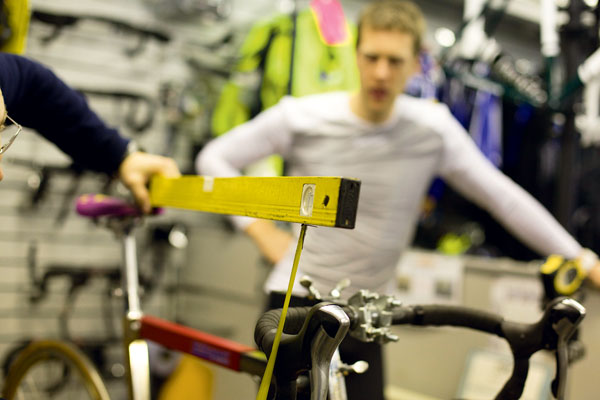
This article is produced in association with Six Physio
Stephen Garvey from rel="nofollow">www.sixphysio.com is a physiotherapist and bike rider, he has taken part in many sportives himself so knows what riders will put themselves through.
“I see people with bike fits at events that make me wonder how they are able to cycle! When I speak to them after the sportive and ask how they got on they often say they have had problems, they have been in pain but have been able to push through it.
Cyclists are often willing to sacrifice their bodies in search of a good result but in fact if you are cycling through pain you probably aren’t performing that well. I would argue that you should try and improve your bike fit first and your performance will probably improve.”
Sound familiar? Garvey’s recommendation is that once you sign-up for an event, as part of your preparation, you have a bike fit.
“Whether a commuter, a weekend warrior or someone taking the sport seriously quite a lot of people think they have a good bike fit when maybe they don’t. Bike fit can make a huge impact on power, aerodynamics and comfort so I really would encourage everyone to have theirs checked.”
Getting a good bike fit isn’t just about riding faster, although if your position is poor it will help with that, it is also about ensuring you enjoy your time on the ride.
“Neck, back and knee pain are common in sportive riders and it is all about setting the bike up to minimize those things. Comfort is key for people to enjoy the event.”
A physio-lead bike fit doesn’t look at your body, or bike, in isolation, both are looked at together.
“There are two things in the relationship, there is the person on the bike and the bike itself,” for best performance and comfort it is the relationship between the two that has to be right.
It’s no good setting the bike up in a ‘perfect’ position if you as a rider don’t have the strength or flexibility to ride that way, “people can get fixated on what they see the professionals doing with their racy set-ups but that doesn’t always translate very well to the normal person,” agrees Garvey.
A visit to Six Physio for a bike fit starts with the person, “if you are coming in specifically as a cyclist I would book you in for a cycling assessment instead of a physiotherapy appointment.
I would take a full medical history, any past injuries, any current issues, I’d look at your training history and if you have ever had any previous bike fit. After taking a verbal history I would use some tools to get a base line of your flexibility and physique and I’d look at your control and ability to hold certain positions on the saddle.”

Once the human part of the relationship has been rigorously examined it is onto the bike, “no two bikes are the same, they all have different geometries so the next stage is to see how that person and their measurements look on their bike. We video them from the front and side to find any discrepancies.”
Bike fit is not rigidly prescriptive, “what I go off is Phil Burt’s philosophy (Team GB physio and author of Bike Fit) that there is a ‘bike fit window’.
"There are typical angles of knee bend, torso or shoulder bend that you work toward but there is a certain amount of lee-way as you are always bearing in mind the things you discovered during their assessment.”
Once the interview, screening and bike fit are done it is onto the fourth stage.
“After that would be the rehabilitation, or in some cases what we term, pre-hab. Pre-hab is something you would do before events where as re-hab is something needed long term to correct a pre-existing problem. As part of my screening I would be looking for any deficits in their body’s performance and would put together a specific programme for that athlete to follow.”
Now it is time for you to go away and do your homework! “We would then see you again in 4-6 weeks so we can monitor how you are doing. We measure the difference before and after and help to set goals so that you can progress.”
To find out more visit www.sixphysio.com
If you have any aches or pains while riding or want to improve your performance and comfort in your next cycling event, then a physio-lead bike fit could play a significant role in your training and preparation.

Thank you for reading 20 articles this month* Join now for unlimited access
Enjoy your first month for just £1 / $1 / €1
*Read 5 free articles per month without a subscription

Join now for unlimited access
Try first month for just £1 / $1 / €1
Get The Leadout Newsletter
The latest race content, interviews, features, reviews and expert buying guides, direct to your inbox!
-
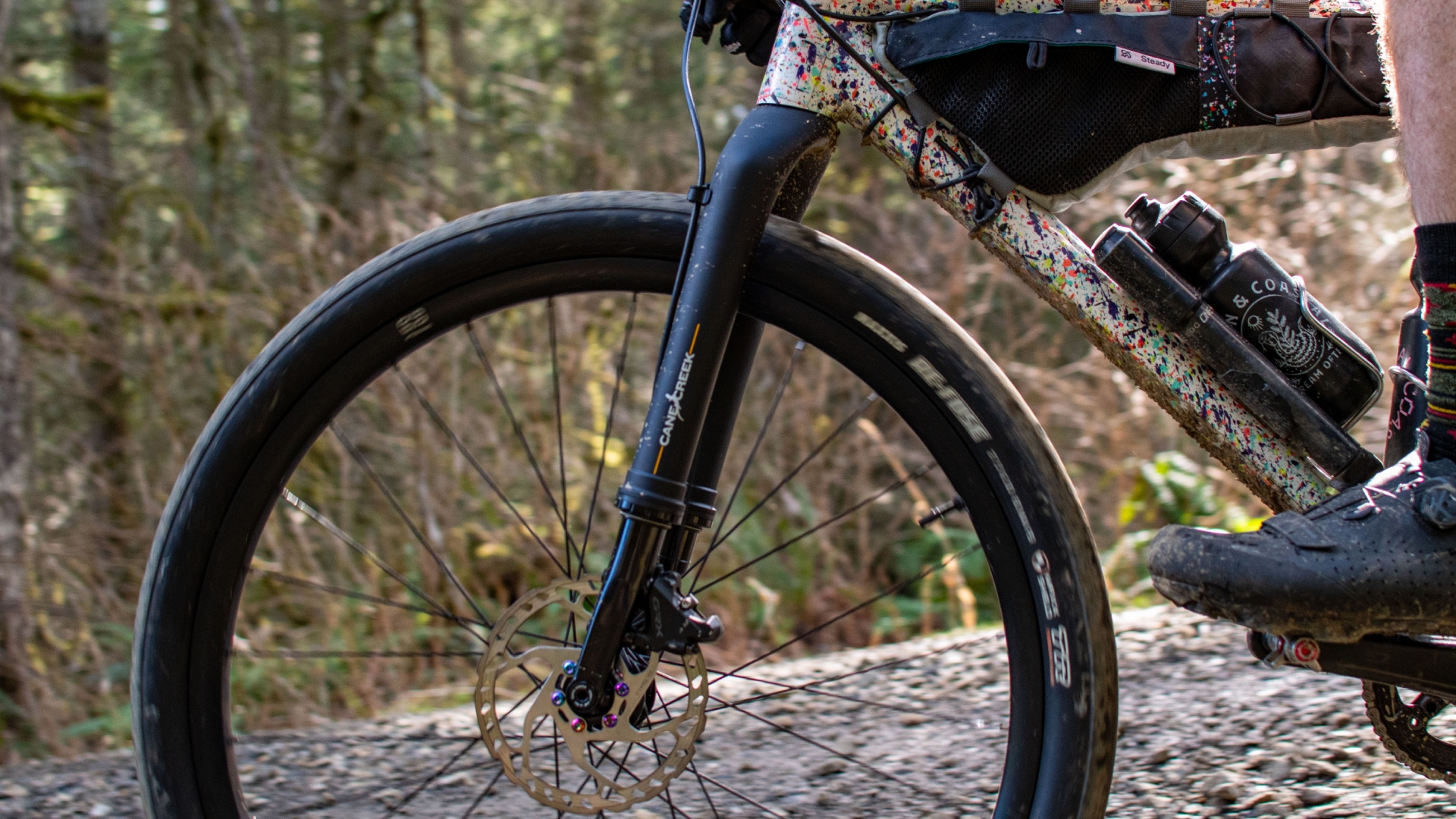 Review: Cane Creek says it made the world’s first gravel fork — but what is a gravel fork, and how does it ride?
Review: Cane Creek says it made the world’s first gravel fork — but what is a gravel fork, and how does it ride?Cane Creek claims its new fork covers the gravel category better than the mini MTB forks from RockShox and Fox, but at this price, we expected more.
By Charlie Kohlmeier
-
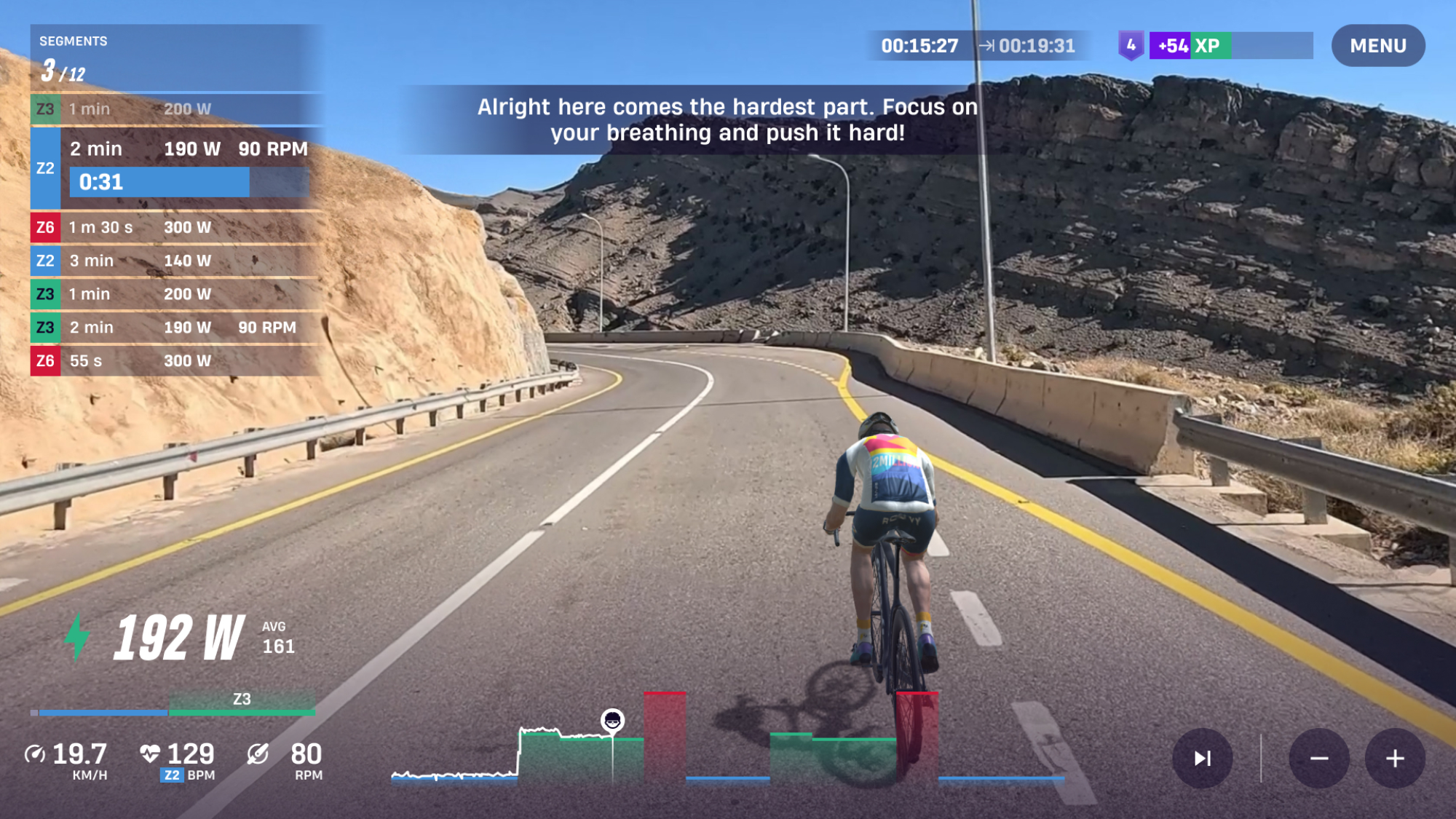 ROUVY's augmented reality Route Creator platform is now available to everyone
ROUVY's augmented reality Route Creator platform is now available to everyoneRoute Creator allows you to map out your home roads using a camera, and then ride them from your living room
By Joe Baker
-
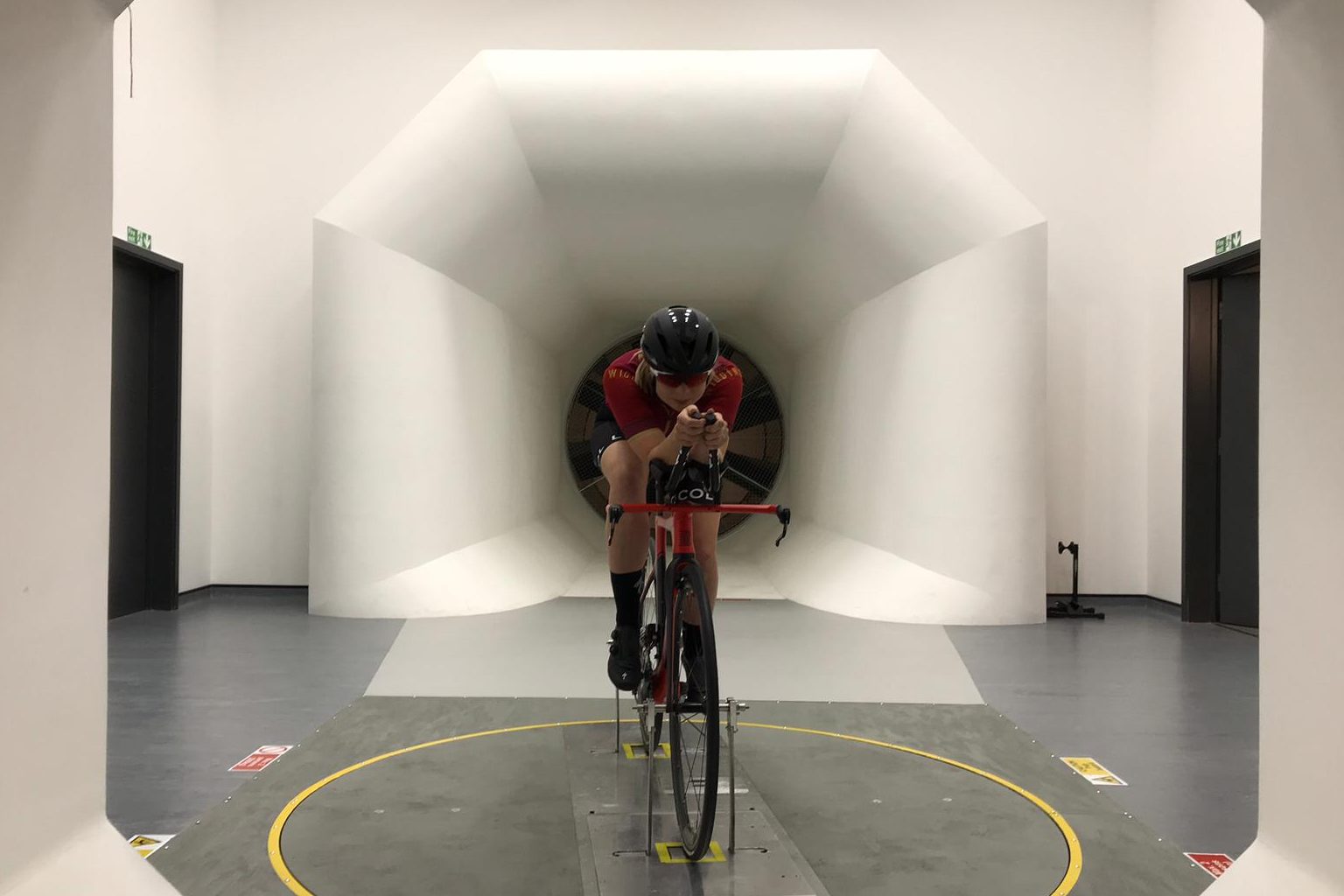 Watch: how much faster is a time trial bike, really?
Watch: how much faster is a time trial bike, really?We headed to the wind tunnel to delve into the data
By Michelle Arthurs-Brennan
-
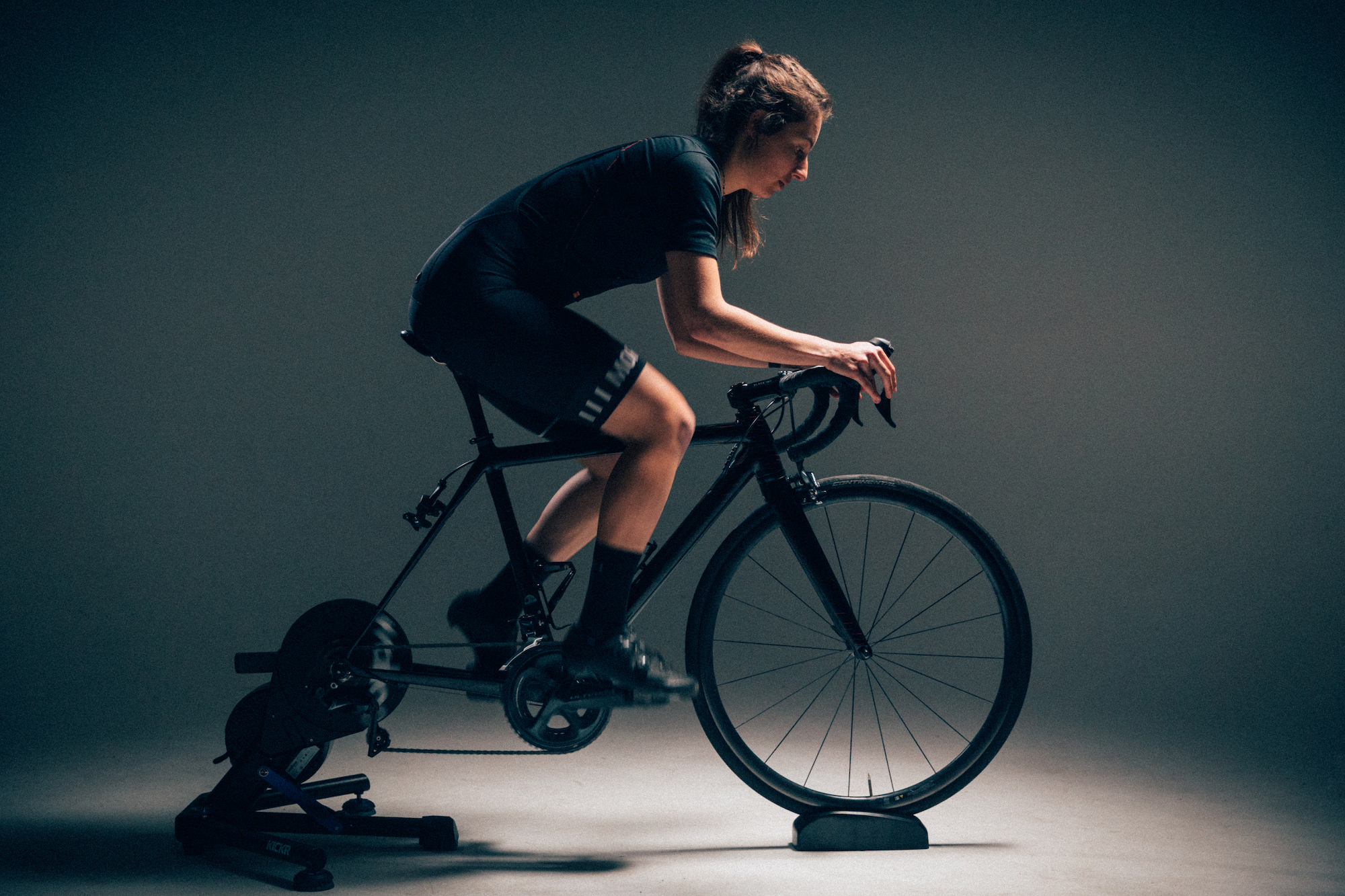 How quickly do you recover when you taper for a race?
How quickly do you recover when you taper for a race?The science of tapering can be a minefield, even for the most experienced cyclist.
By Alex Ballinger
-
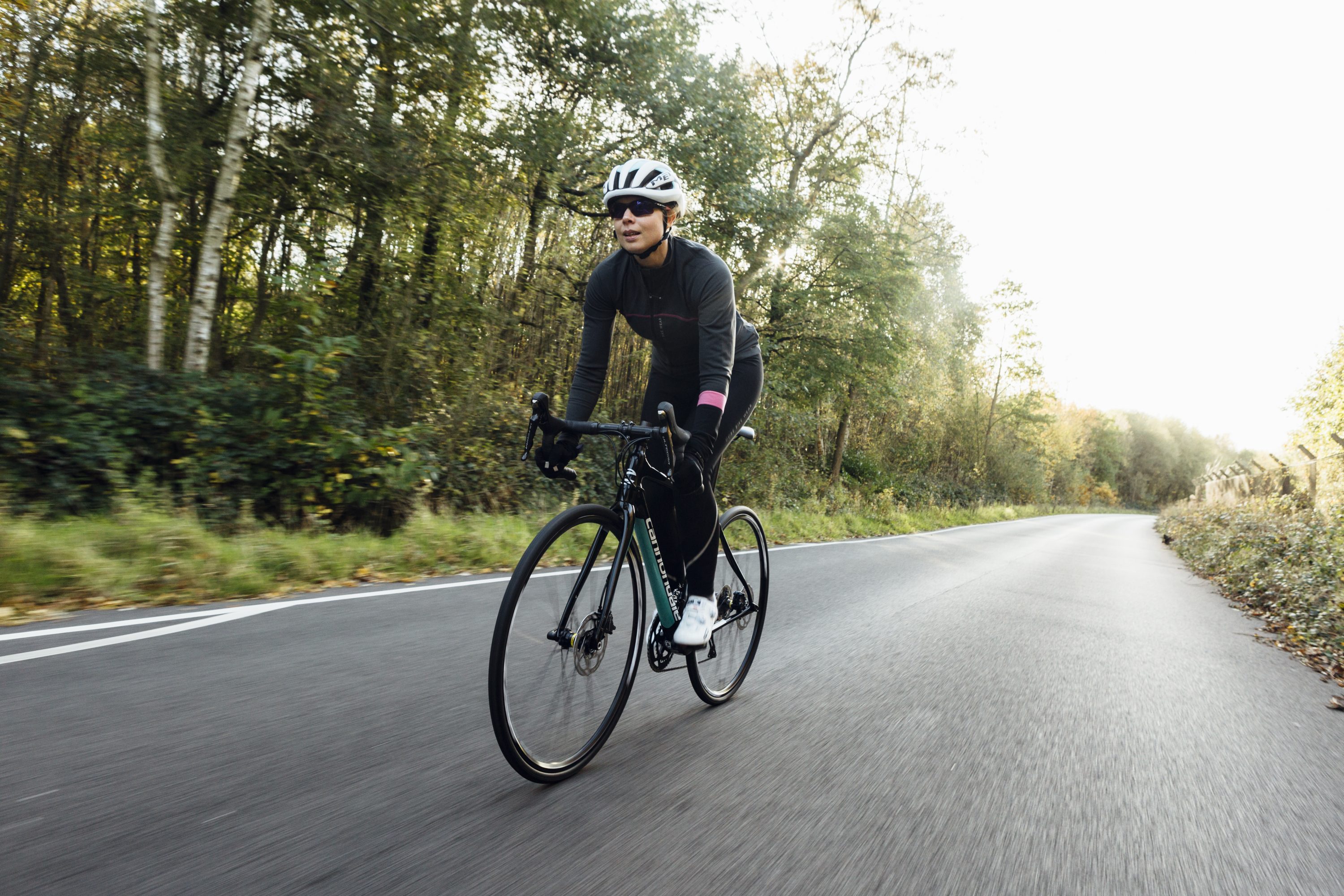 Watch: Should women be training differently to men?
Watch: Should women be training differently to men?In Partnership with The Sufferfest
By Michelle Arthurs-Brennan
-
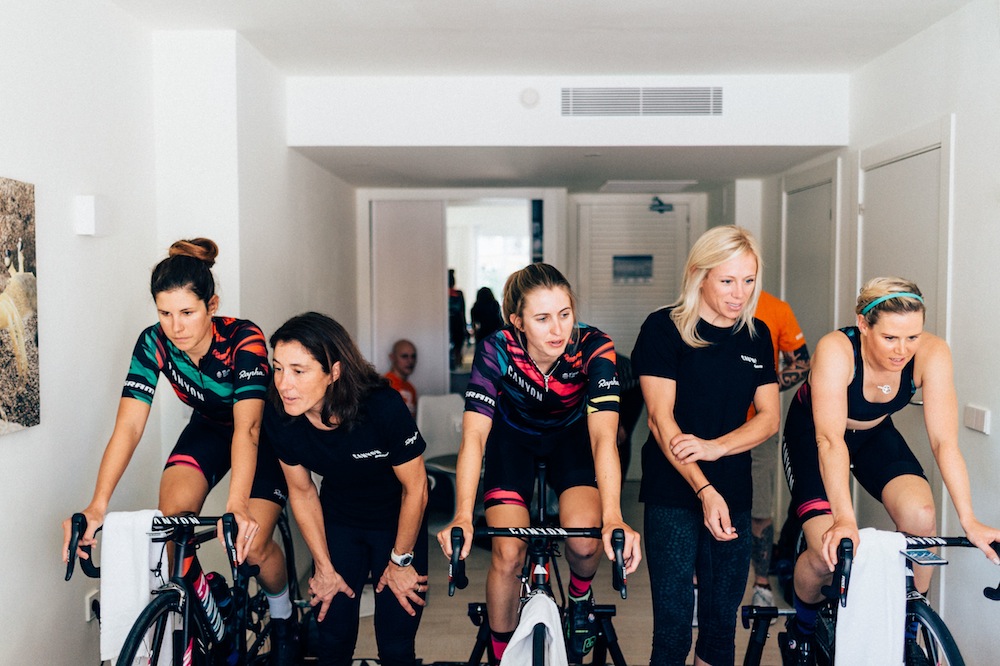 Women’s cycling on Zwift: week of activity celebrates International Women’s Day
Women’s cycling on Zwift: week of activity celebrates International Women’s DayZwift Women's Week will take place between March 8 and March 15
By Michelle Arthurs-Brennan
-
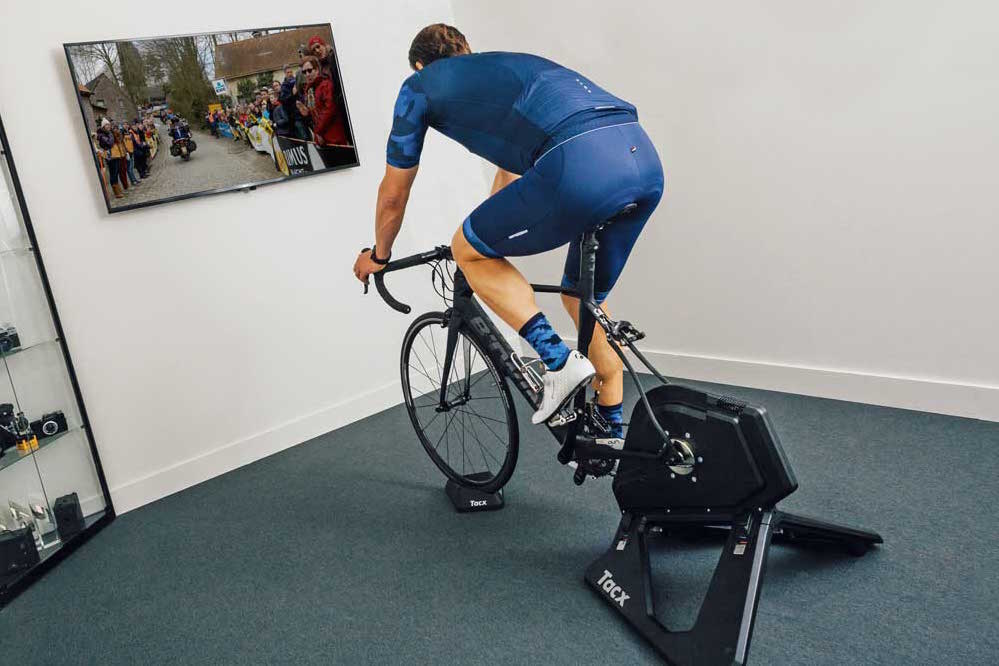 Winter turbo training tips: maintain form through the winter
Winter turbo training tips: maintain form through the winterVO2 max sessions will ensure you’re both fresh and fit for spring
By Ken Buckley